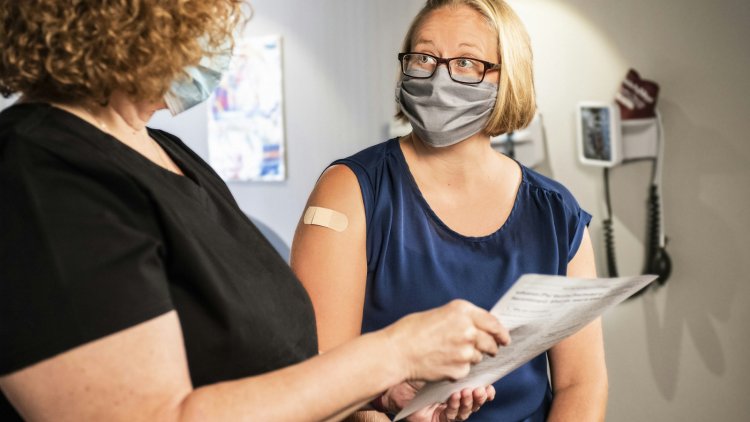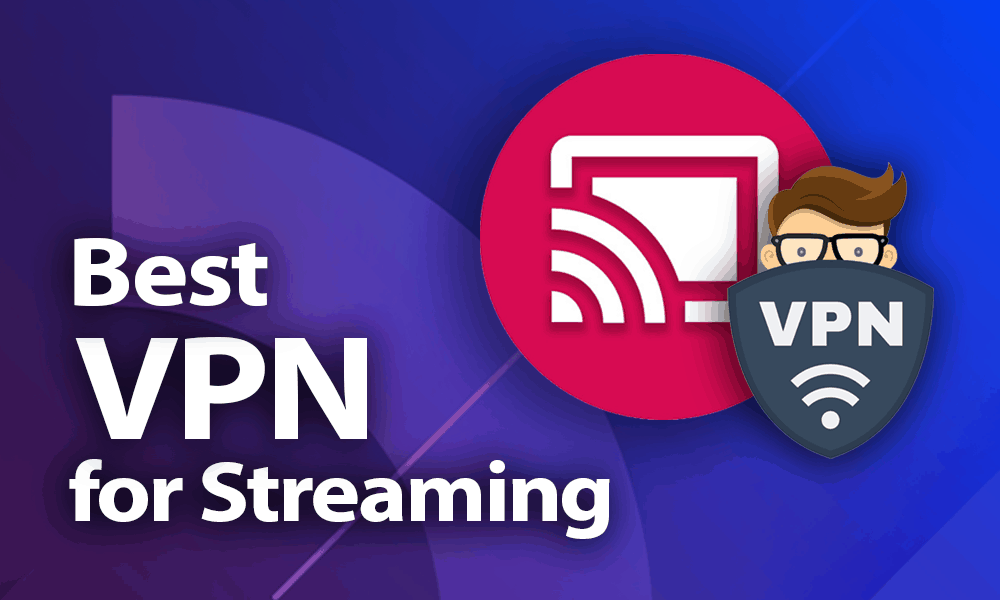How To Become a Medical Biller and Coder
Medical billing and coding bridges healthcare providers and insurance companies, ensuring accurate claims processing. A career in this field requires understanding medical codes, meeting educational requirements, completing online courses, and obtaining certifications like CPC or CCA. Practical experience and continuing education enhance skills, leading to diverse, flexible career opportunities in healthcare.

Medical billing and coding is crucial in the healthcare industry, bridging the gap between healthcare providers and insurance companies. Professionals in this field ensure that medical claims are coded correctly and submitted for reimbursement, making them integral to the smooth functioning of healthcare organizations. If you're considering a career in this field, understanding the steps to becoming a medical biller and coder is essential. This article outlines a clear pathway, focusing on medical billing and coding certification online, and highlights the importance of proper training through medical billing and coding online course.
Step 1: Understand the Role of Medical Billers and Coders
Before diving into this career, it’s important to grasp the responsibilities involved. Medical billers and coders review patient information for pre-existing conditions, translate medical diagnoses and procedures into standardized codes, and prepare accurate claims for insurance companies. This role demands attention to detail, analytical skills, and proficiency in medical terminology and coding systems such as ICD-10, CPT, and HCPCS.
Step 2: Meet the Basic Educational Requirements
A high school diploma or equivalent is the minimum educational requirement for most entry-level medical billing and coding positions. However, some employers may prefer post-secondary education or specialized certification candidates. A strong foundation in subjects like biology, anatomy, and computer skills can be beneficial when pursuing this career.
Step 3: Choose the Right Medical Billing and Coding Online Course
One of the most convenient and flexible ways to enter this field is by enrolling in an online medical billing and coding course. These programs are designed to accommodate working professionals, parents, or anyone looking to switch careers. Look for a course that offers:
-
Accreditation from a recognized organization, such as the AAPC (American Academy of Professional Coders) or AHIMA (American Health Information Management Association).
-
Comprehensive curriculum covering medical terminology, coding systems, HIPAA compliance, and billing software.
-
Practical training opportunities, such as coding simulations or real-world billing scenarios.
Online courses vary in length but typically range from 6 months to 1 year. Some programs even prepare students for certification exams as part of their curriculum.
Step 4: Obtain Medical Billing and Coding Certification Online
While certification is not always mandatory, it significantly boosts your employability and earning potential. Popular certifications include:
Certified Professional Coder (CPC)
Offered by the AAPC, this certification focuses on physician-based medical coding.
Certified Coding Associate (CCA)
Offered by AHIMA, it’s a great choice for entry-level professionals.
Certified Billing and Coding Specialist (CBCS)
Offered by the National Healthcareer Association (NHA), it emphasizes billing and coding skills for diverse healthcare settings.
Enrolling in an online medical billing and coding certification program ensures you’re well-prepared for these exams.
Step 5: Gain Hands-On Experience
Many employers prefer candidates with some level of practical experience. Some online courses include internships or externships as part of their program, allowing students to apply their knowledge in real-world settings. Alternatively, consider entry-level positions or volunteer opportunities in medical offices, hospitals, or insurance companies to build your experience.
Step 6: Develop Essential Skills
In addition to formal education and certification, successful medical billers and coders possess specific skills:
Attention to Detail
Accuracy is critical when coding diagnoses and procedures.
Technological Proficiency
Familiarity with billing software and electronic health records (EHR) systems is essential.
Communication Skills
Professionals often interact with healthcare providers, insurance companies, and patients to resolve billing issues.
Step 7: Apply for Jobs
Once certified and experienced, search for positions that align with your skills and interests. Roles may include Medical Biller, Medical Coder, or Coding Specialist. Job opportunities are available in hospitals, private practices, insurance companies, and even remote positions, making it a flexible career choice.
Step 8: Pursue Continuing Education
Healthcare regulations and coding standards evolve regularly. Staying updated through continuing education or additional certifications is vital for long-term success. Many professional organizations offer workshops, seminars, and online courses to help professionals stay current.
Conclusion
Becoming a medical biller and coder involves a combination of education, certification, and practical experience. By enrolling in a reputable medical billing and coding online course, obtaining certification, and developing essential skills, you can position yourself for a rewarding and in-demand career. With opportunities to work in diverse healthcare settings or even remotely, this profession offers flexibility and stability in an ever-growing industry. Take the first step today and embark on your journey toward a fulfilling medical billing and coding career!
What's Your Reaction?






















